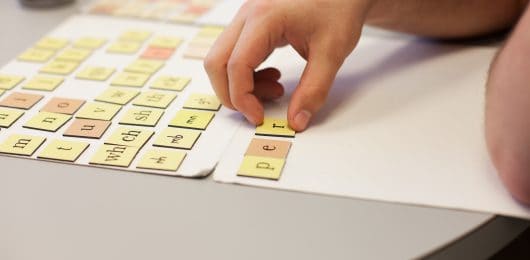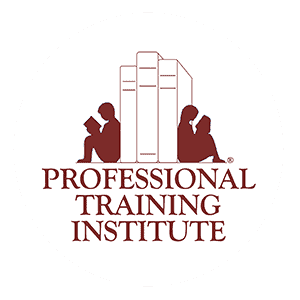
“Dad, I have to practice my sight words for homework.”
What is a sight word? In the elementary grades, we use several different terms to categorize types of English words: decodable words, sight words, and high-frequency words. Let’s unpack them:
Type of Word |
Definition |
Examples |
| Decodable Words | Follow the regular patterns of the language. Students can “sound out” these words, so there is no need to memorize them. | run, spin, make, sport, she, team, spoil, fly, bubble, harvest |
| Sight Words | Don’t follow the regular patterns of English. They don’t sound the way that they look; therefore, they must be memorized. Also known as trick words, outlaw words, or rule breakers. | said, your, was, could, sure, done, who, what, laugh, again
|
| High Frequency Words | Can fall into either of the above categories. They are the most commonly occurring words for early readers and mastery of them supports fluency and automaticity in reading and writing. Words that students encounter frequently can be decodable or not decodable. The Dolch(1) lists include the 300 most common words for early readers. | the, is, two, boy, work, for, over, mother, see, very |
A caution: some teachers actually mean high frequency words when they use the term “sight words.” They want children to know common words “by sight” and not have to pause to sound them out. This terminology can be confusing for students since beginning readers are trying to decide which strategies to use for reading different types of words.
What strategies do students need to employ? Decodable words are the easiest to learn. Students say the sound of each grapheme in the word and then blend it. Knowledge of the syllable types (closed, open, silent e, etc.) helps the student know how the vowel will sound. For example, in mat, the vowel is short since the syllable is closed; in me, the vowel sound is long since the vowel is on the end.
Practicing true sight words should include some type of multisensory (kinesthetic/tactile) input to help with memorization. This could include tracing the words while naming the letters aloud, forming the word in a sand or salt tray, or “writing” the word in the air with the arm outstretched using gross motor muscles. For sight words, encourage students to name the letters, not the sounds, since the sound-symbol match is unexpected. Flashcard drills are helpful as well; just be mindful that we cannot expect students to memorize dozens of non-decodable words in a drill.
Spelling of sight words often lags behind reading sight words. Teachers may focus on just a handful of sight words per week or month for spelling mastery. Continuous practice aids in retention of these words with tricky spellings, and again, multisensory input is vital.










Jaydin Skinner says: